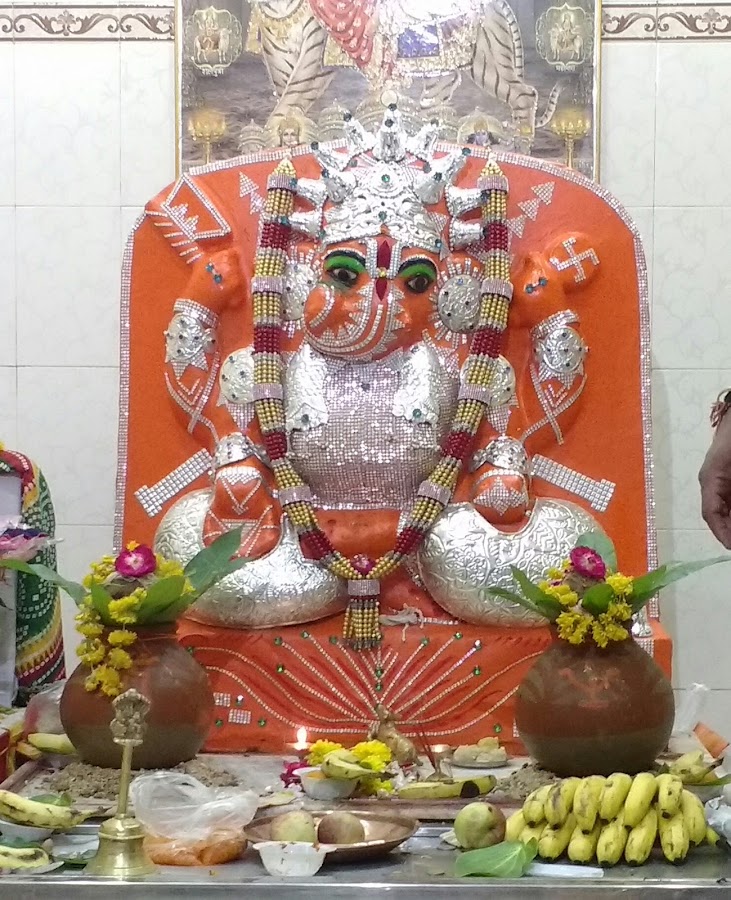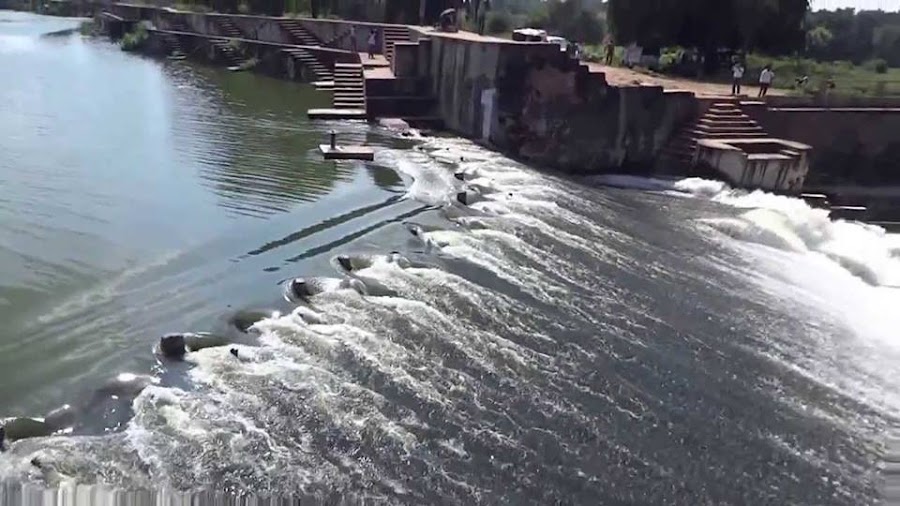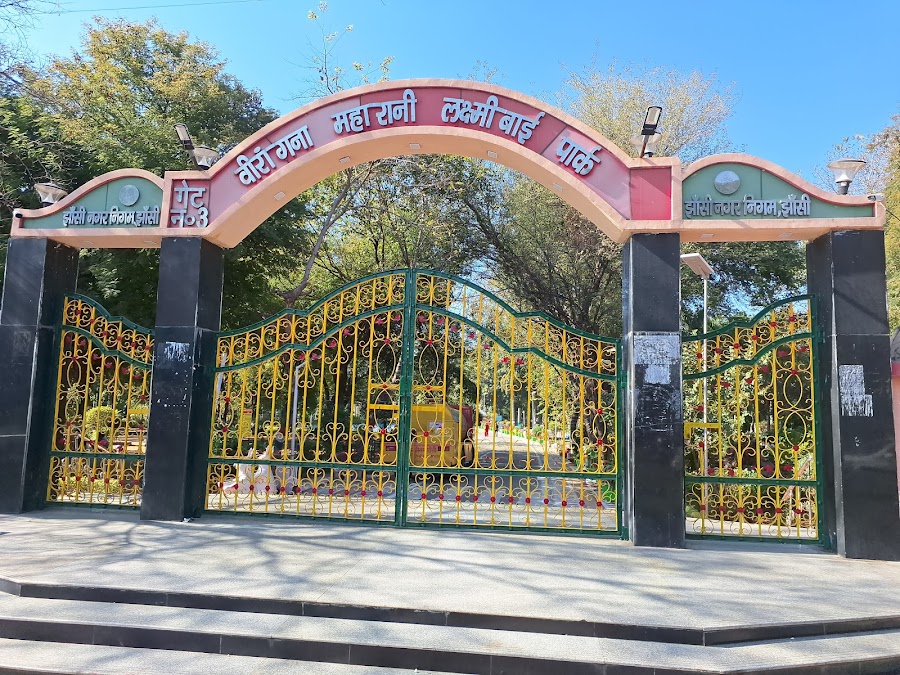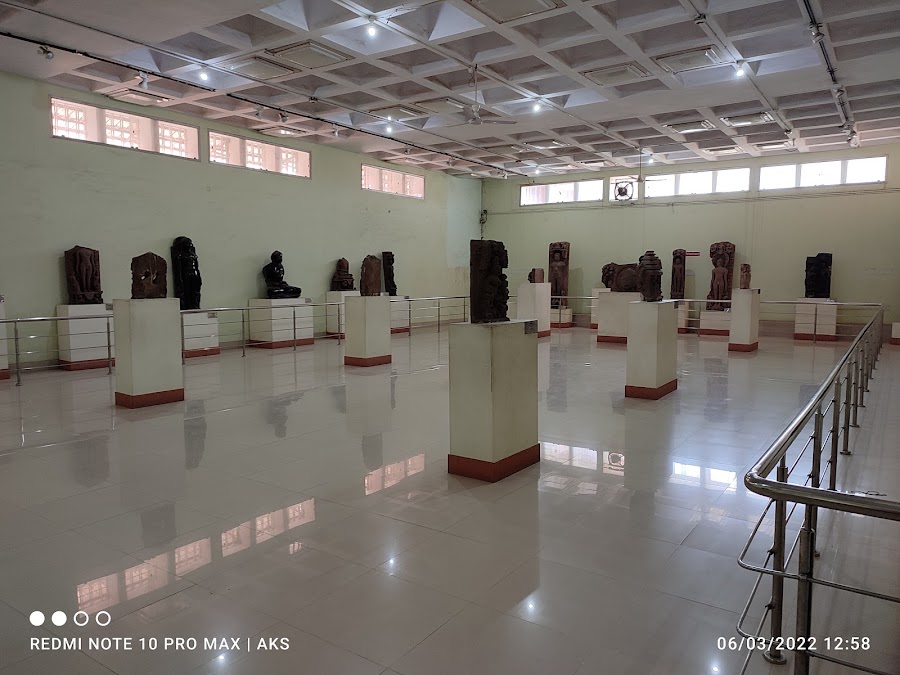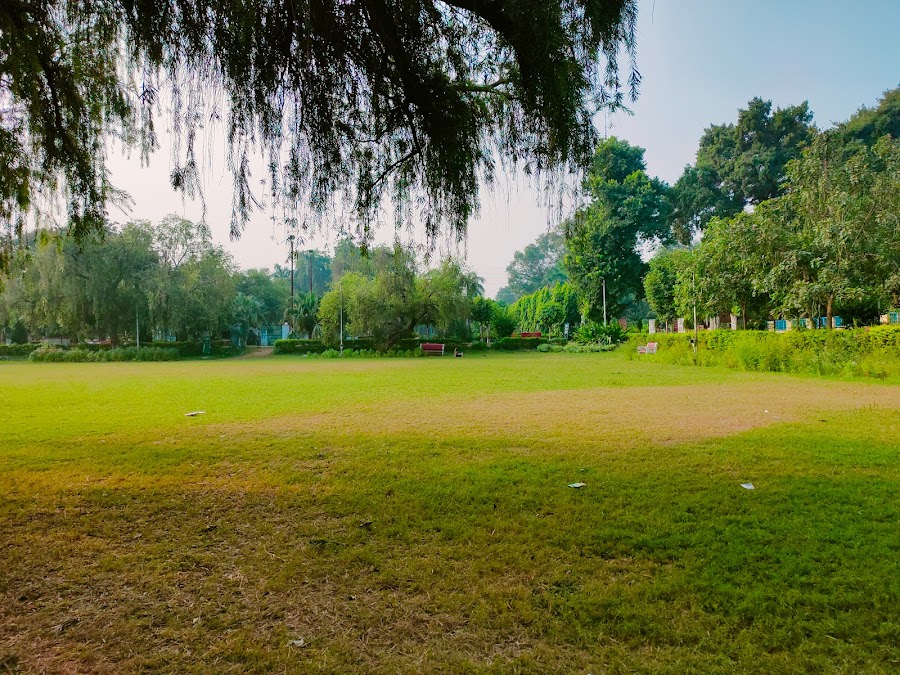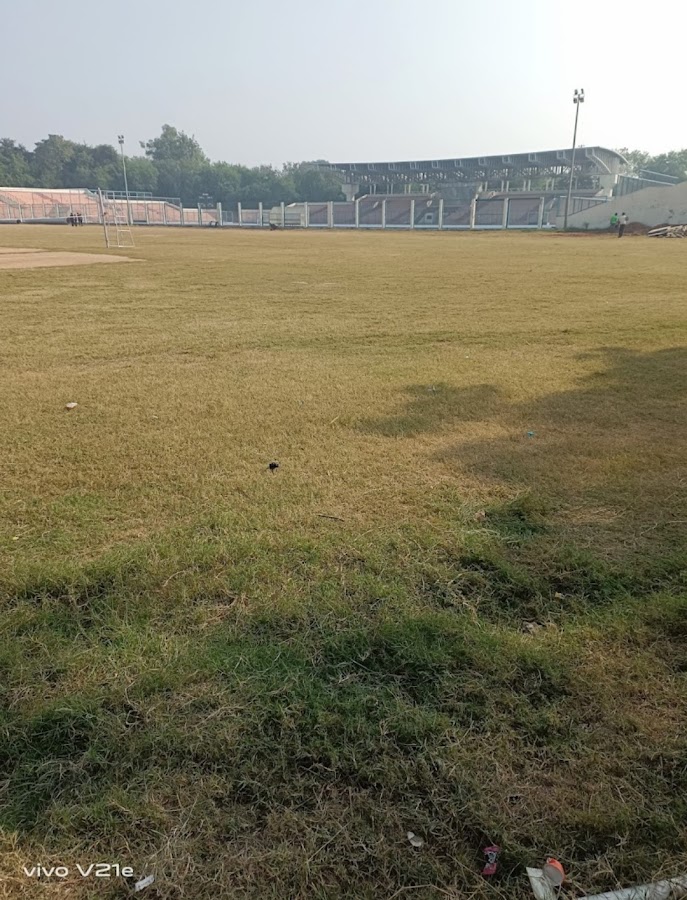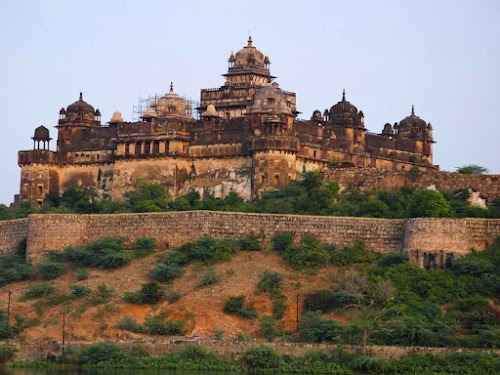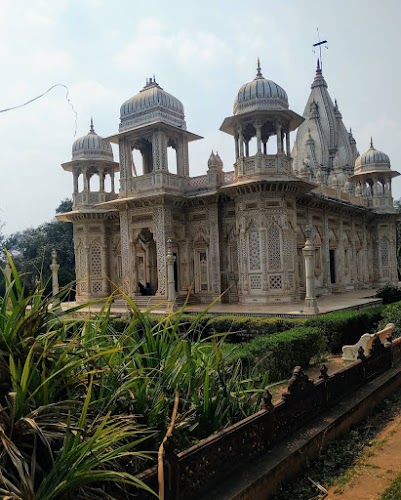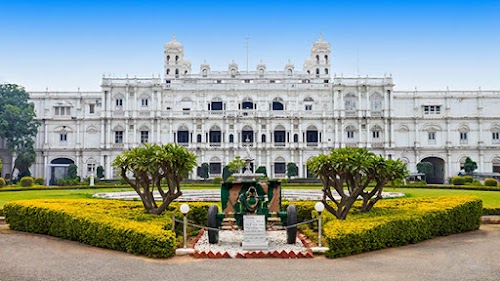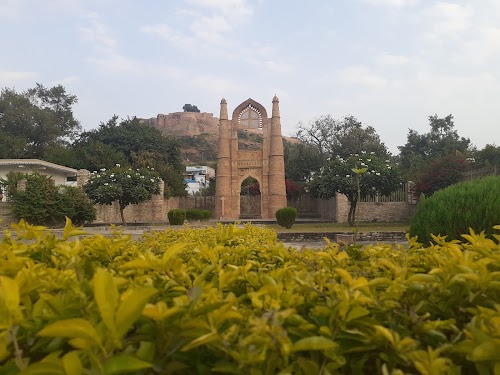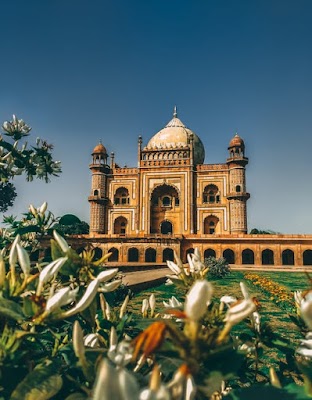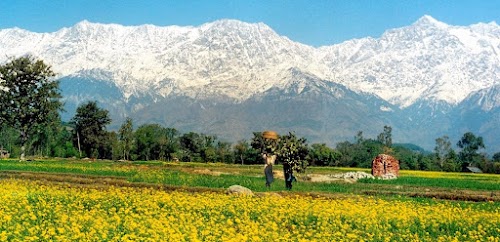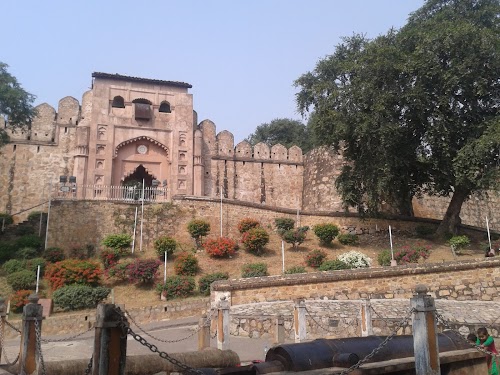
Jhansi, India
Jhansi, a historic city in Uttar Pradesh, India, is renowned for its association with Rani Lakshmibai, the valiant queen who fought against the British during the Indian Rebellion of 1857. The city is dotted with historical landmarks, including the imposing Jhansi Fort, which offers panoramic views of the surrounding landscape. Explore the Rani Mahal, once the residence of Rani Lakshmibai, now a museum showcasing artifacts from her life and times. Jhansi is a vibrant city with bustling markets, local cuisine, and a rich cultural heritage. A visit to Jhansi offers a glimpse into India's heroic past and a chance to experience the warmth and hospitality of its people. The city serves as a gateway to the Bundelkhand region, known for its rugged terrain and historical significance.
Known for:
History:
Jhansi's history is intertwined with the story of Rani Lakshmibai, the queen who became a symbol of resistance against British rule. The city was ruled by various dynasties, including the Chandela Rajputs and the Mughals, before coming under the control of the Marathas. In the 19th century, Jhansi became a princely state under British suzerainty. Rani Lakshmibai's heroic defense of Jhansi against the British in 1857 is a defining moment in Indian history. The Jhansi Fort stands as a testament to her bravery and the city's resilience. Jhansi continues to be a place of historical importance, attracting visitors interested in learning about India's struggle for independence.
How to reach:
Jhansi is well-connected by air, rail, and road. The nearest airport is Gwalior Airport (GWL), about 100 km away, but it has limited connectivity. The most convenient option is to take a train to Jhansi Junction (JHS), a major railway station on the Delhi-Mumbai and Delhi-Chennai routes. Regular trains connect Jhansi to major cities across India. National Highway 44 passes through Jhansi, making it accessible by road. State-run and private buses operate between Jhansi and nearby cities.
Places in Jhansi, India
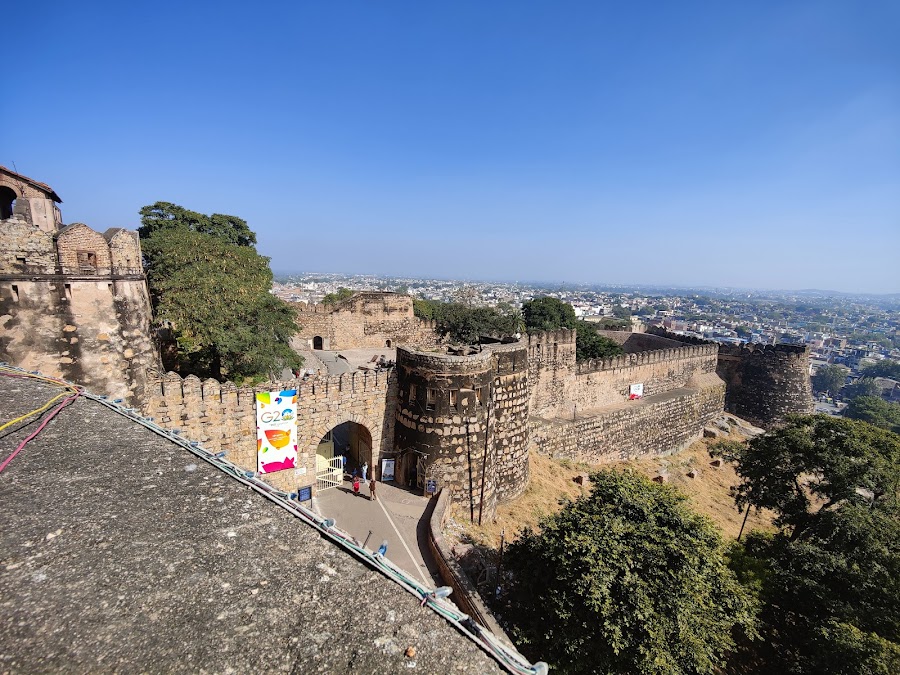
Jhansi Fort
Jhansi, India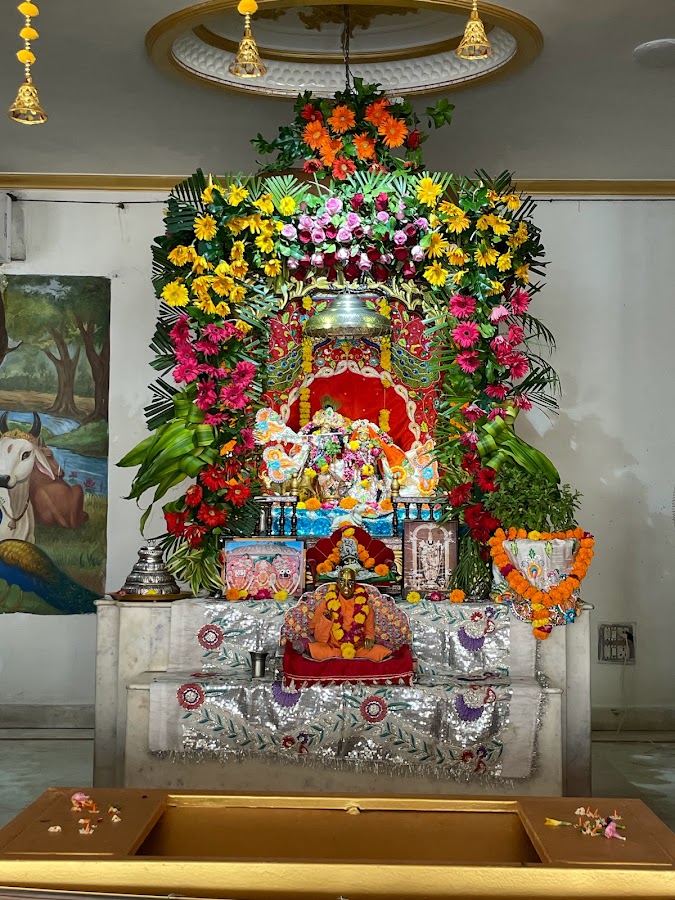
ISKCON Temple
Jhansi, India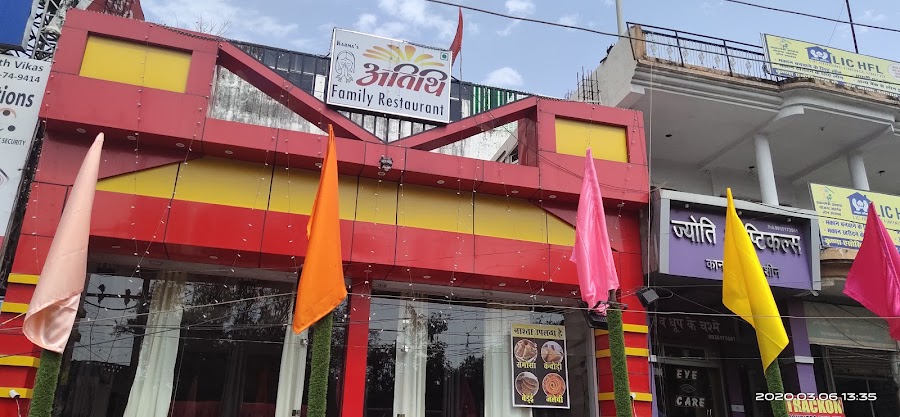
Rani Mahal
Jhansi, India
Jhansi Museum
Jhansi, India
Karguan Jain Temple
Jhansi, India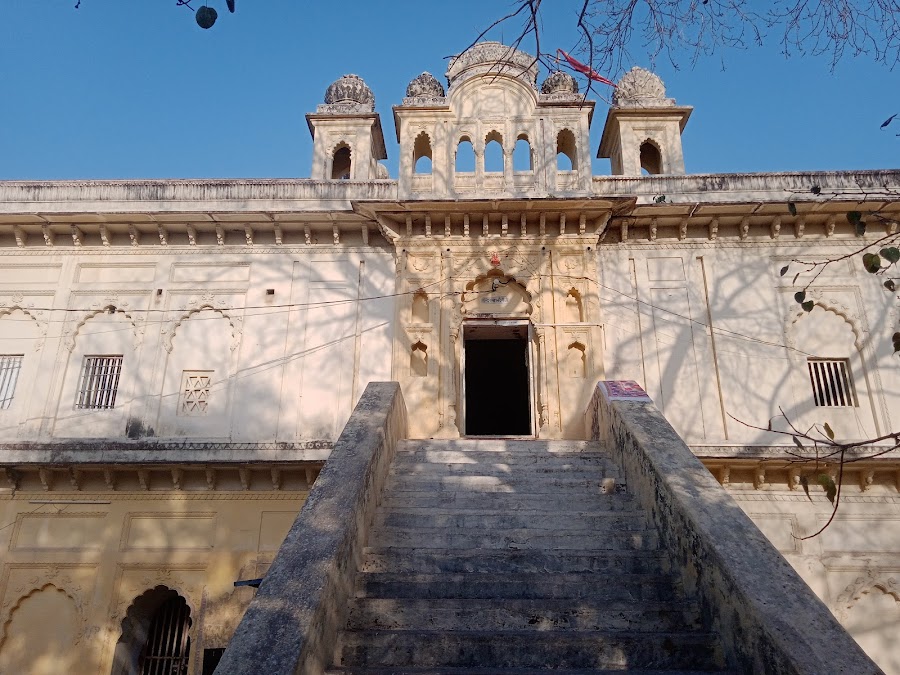
Maha Lakshmi Temple
Jhansi, India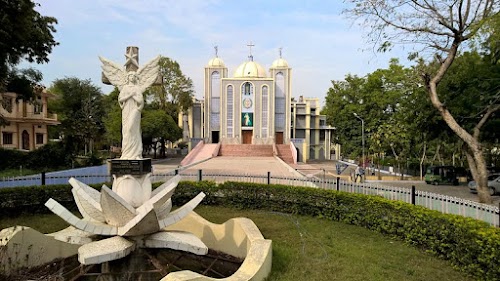
St. Jude's Shrine
Jhansi, India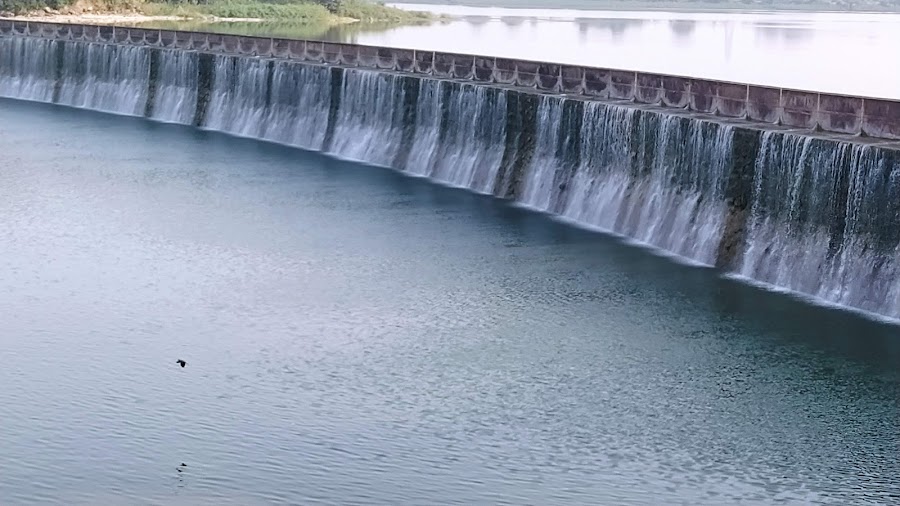
Parichha Dam
Jhansi, India